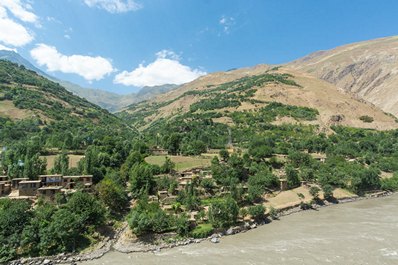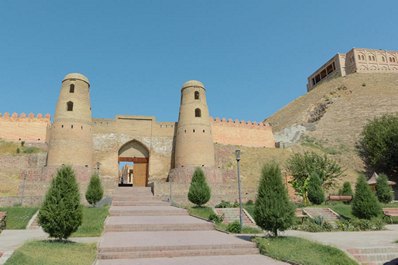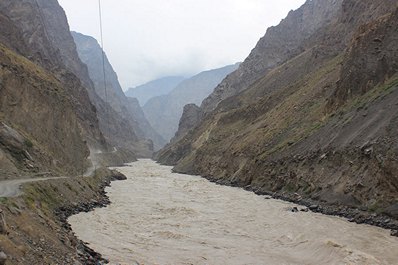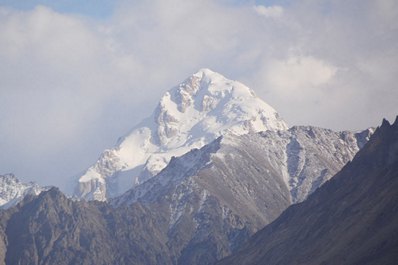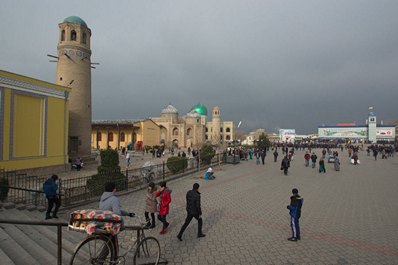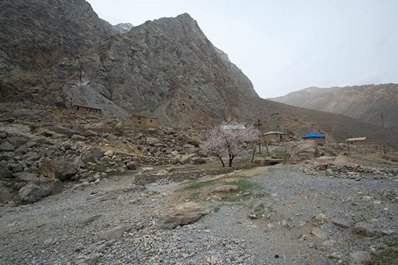Best Time to Visit Tajikistan

Tajikistan is made up of large mountain ranges and a few lower-altitude valleys and plains, dominated by two mountain ranges that carve up the country and control its climate.
While the climate varies from region to region, in general it is one of the wettest countries in Central Asia.
The best time to visit Tajikistan depends on what you’re interested in doing while there.
Summer is ideal if you plan to travel the Pamir Highway or trek at high altitudes. At other times of year, especially in winter, weather may make high-altitude areas, including many parts of the Pamir Highway, difficult to explore.
Nevertheless, with every season in Tajikistan comes a new opportunity for something magical – making the country an attractive destination at any time of the year.
Summer in Tajikistan. Tajikistan has two contrasting summers. In the cities and lower-lying areas, temperatures soar, and the landscape dries out. However, summer is an excellent time to visit the mountains and trek along the stunning mountain ridges. In high-altitude areas, summer provides a break from nearly constant sub-zero temperatures that make exploring these places impossible in other seasons when snow and ice often block the routes. In summer, you can easily drive or cycle along the Pamir Highway, which at this time is not obstructed by snow. Summer is also the season of many cultural and sports festivals that celebrate life in this mountainous region. While Tajikistan is a fabulous destination at any time of the year, the best time to visit Tajikistan is definitely summer.
Autumn in Tajikistan. As summer ends and autumn sets in, temperatures start to drop – making exploring the lower altitudes more comfortable. As the seasons transition, the locals start to harvest the crops and the markets are full of the most spectacular, tasty produce that you can imagine. The start of autumn in Tajikistan tends to be relatively dry and temperate, although temperatures can plummet at night. During the day, you can explore the mountain passes and lakes, photographing the contrasts between the sparkling blue water and the autumnal orange hues before the snow starts to set in and the routes become inaccessible. For much of autumn, the Pamir highway remains open; but, as November approaches, snow starts to build up at higher altitudes. Late autumn, as the cold sets in, is the perfect time to enjoy Tajikistan’s natural hot springs. Spending a few hours in a hot spring is the perfect way to warm up.
Winter in Tajikistan. The weather in most places is cold and harsh, with substantial snowfall at high altitudes making many of the mountain areas inaccessible until the arrival of spring. However, despite these areas being closed off, there are still many reasons to visit Tajikistan in winter. This is the best time to visit Tajikistan if you are interested in skiing or enjoy photographing snowy mountains. Outside Dushanbe is a unique place to ski – the small, recently-renovated Safed Dara resort. As snow blankets the mountains throughout the country, they become incredible backdrops to photos while you explore the lower altitudes with the possibility of seeing the Marco Polo sheep. The Pamir Highway is partially closed during Tajikistan’s winters, although, for the daring and adventurous, it is still possible to complete some of the route.
Spring in Tajikistan. This season marks the new year, with Novruz (Persian New Year) officially celebrated on 21 March. During this time there are plenty of interesting festivals and events happening throughout the country. Tajikistan comes alive in spring as the weather warms rapidly from the winter chill, flowers start to bloom, and mountain passes start to become accessible. By late spring, all routes and roads are open, and the Pamir Highway – including its many small detours – can be explored in full. Adventurous activities like paragliding are also available in spring.


